Roman centurion
Alabaster, cm alt. 30
The sculpture depicts a Roman soldier waiting for the capture of Christ in the Olive Garden. The centurions were the highest-ranking non-commissioned officers in the Roman legionary infantry army. They were career soldiers, that is they started as simple soldiers and rose in rank by seniority and merit, climbing the structure of the legion. A legion was made up of 10 cohorts, numbered from I to X, and each cohort was divided into six hundred of 80 soldiers each. The centurion’s promotion culminated in the entry into command of a centurion from the 1st cohort, the most important of all. At the head of all the centurions of a legion was the so-called primus pilus, or the "first spear". He was the first centurion of the 1st cohort, and his companions formed the rank of the first ordines, that is to say, those of the highest ranking centurions in the legion. When he retired, the primus pilus received a reward and the title of primus pilare, just as a consul became a consularis at the end of his term. The primipilari were given special consideration and could obtain offices such as, for example, that of prefect of the camp or tribune of the cohorts stationed in Rome. In the imperial era one could also become centurion after having been praetor, that is members of the personal guard of the kings, or thanks to a direct appointment by the emperor himself, as happened in the case of some members of the equestrian order (the social group immediately below that of the senators). The centurion is therefore a decisive figure in the Roman military organization. He is a member of the war councils where he gives his opinion on tactics to the general, based on his own experience in the war. In battle he is in the front row, leading by his own example and courage. In peacetime, he is responsible for the discipline and training of soldiers. On other occasions, outside the camp, he is given special missions.
Centurions are brave soldiers, the best, those who climb up the walls to conquer a fortification or a city. They are those who perform risky actions, which require experience, security and extreme courage. On other occasions the centurion, with a small number of men, acts as a commando, in a mission of reconnaissance and intervention.
The biblical episode tells that while Jesus was talking to his disciples, Judas Iscariot entered the garden, followed by a crowd with swords and sticks sent by the high priests. Judas had given the guards of the following to arrest Jesus. He asks his attackers who they were looking for and, knowing that they wanted to arrest him, declared that he was ready to be caught. As soon as he finished that sentence the soldiers backed away and fell to the ground.
The soldiers and guards therefore bound Jesus and led him to the house of the high priest Caiaphas, where the Sanhedrin had already gathered. The apostles fled from the garden of Olives, and only Peter and John followed Jesus during the first stages of the process.
The marble sculpture is finely carved by hand, expert in rendering details such as the soldier’s armor, but also the olive tree canopy on which it is laid, as well as the robust bark of the tree.
The object is in good condition























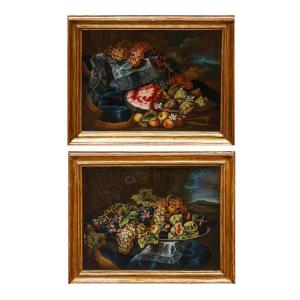





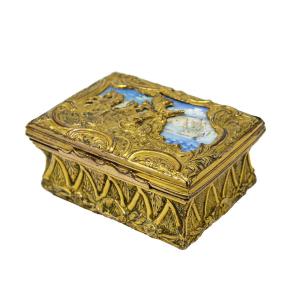
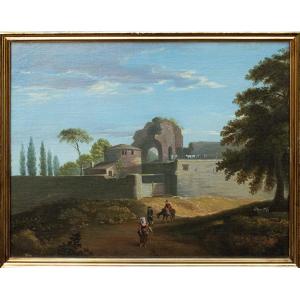









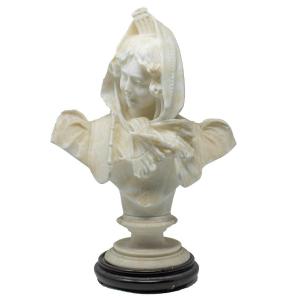
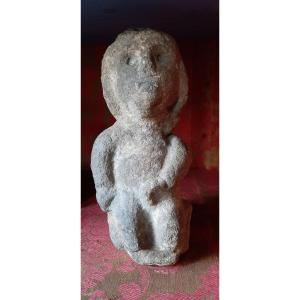



 Le Magazine de PROANTIC
Le Magazine de PROANTIC TRÉSORS Magazine
TRÉSORS Magazine Rivista Artiquariato
Rivista Artiquariato